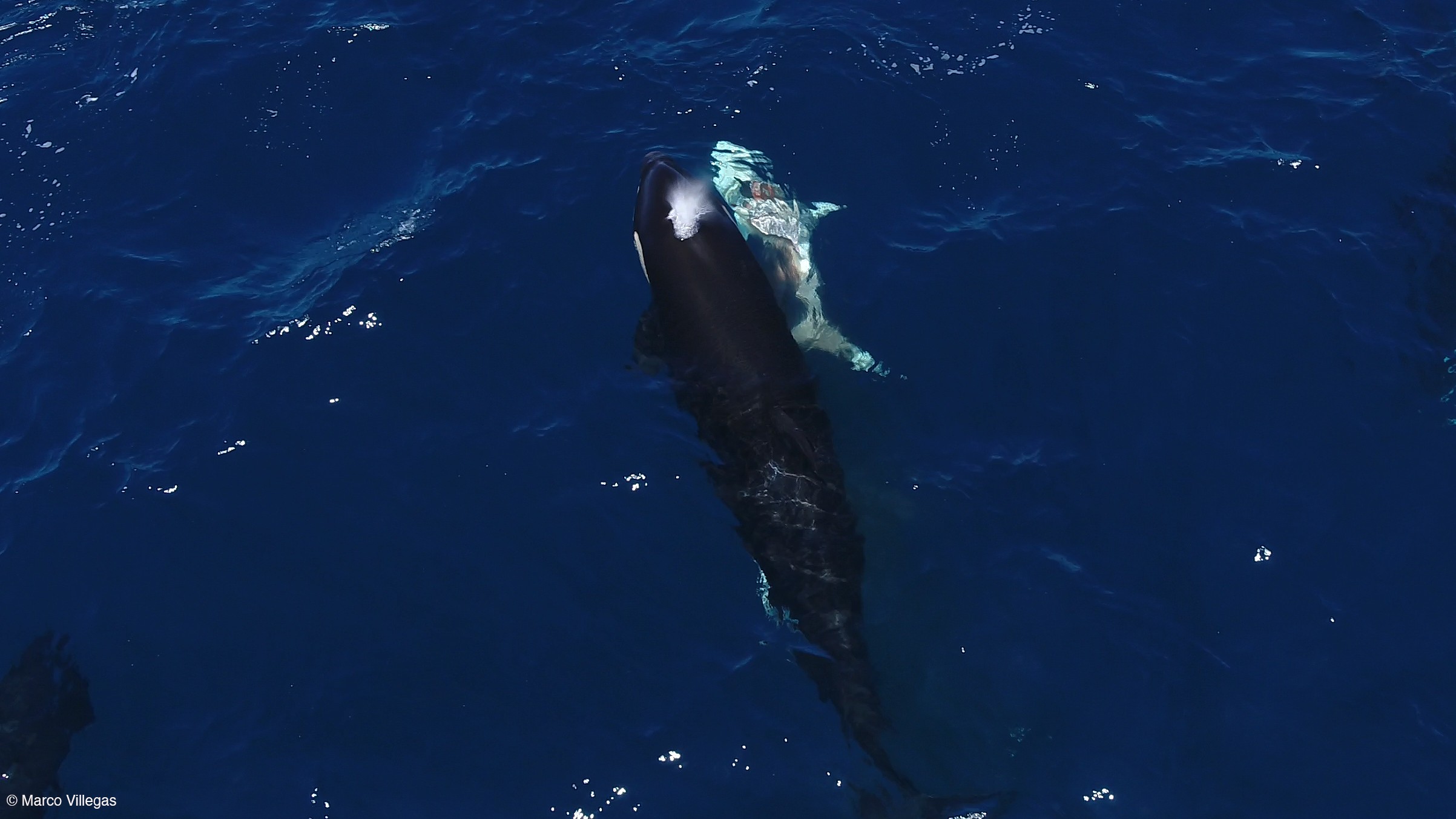Bats Eat Dirt to Stay Healthy

The strange act of eating dirt — known as "geophagy" — is actually common in the animal kingdom. Not only do our closest living relatives the chimpanzees do it — in order to help fight malaria — but so occasionally do humans all over the world.
Researchers suspect geophagy could help animals get key minerals they need for nutrition, much as they might from a salt lick. But hitting the dirt might also help them fight off poisons.
Chemical combat
When eating, people cut the green off potatoes because it is bad for you. Many fruits, leaves and things animals munch on naturally contain molecules that are toxic or could trigger cancer or birth defects. The minerals in the dirt animals eat could bind to electrically charged portions of the poisonous compounds and neutralize them.
Each night, tropical fruit-eating bats devour large amounts of such poisonous chemicals with their food. These molecules could prove especially dangerous to young bats, both those as yet unborn and ones still nursing from their mothers.
To see why bats might eat dirt, a team of researchers spent a month lurking around six mineral licks in the Amazonian rainforest at night.
"It is quite astonishing to see all the paths that lead to the mineral licks that were created by generations of tapirs and wild pigs," said researcher Christian Voigt, a behavioral ecologist at the Berlin Leibniz Institute for Zoo and Wildlife Research in Germany. "Indians hunted at these sites as well. Mineral licks are hot spots of mammalian activity."
Get the world’s most fascinating discoveries delivered straight to your inbox.
The scientists captured bats with nets, briefly took some tissue samples, and released the creatures. They also sampled the clay they ate and the mineral-rich water they drank.
"At first glance it seemed that bats visit these sites for the same purpose as other animals such as large tapirs or birds — that is, to meet their daily mineral requirements," Voigt said.
Detox
But the researchers found the bats that stopped most often at mineral licks were fruit-eaters, not insect-eaters. And fruits are rich in minerals already.
Instead, Voigt and his colleagues suspect the bats eat dirt to detoxify themselves. The bats that stop at mineral licks are often pregnant or nursing mothers, so this geophagy may help them protect their young.
"Bats are doing the same as humans, especially Indian tribes in the Amazon," Voigt explained. Some tribes are known to eat dirt while pregnant or nursing. "Somehow the bats have found the same solution for the problem of toxic compounds in fruits."
The scientists now hope to investigate how specifically the minerals work, research that could lead to novel therapies.
"It is astonishing that eating mud is so widespread in mammals," Voigt told LiveScience. "Possibly, we should reconsider our assumptions regarding clay consumption. Maybe it is good stuff."
Voigt and his colleagues detailed their findings online on April 23 in the journal PLoS ONE.
- Video: How Bats Fly
- Video: Smoking Out Secrets of Bat Flight
- Bat's Wrinkly Face Improves Sonar

